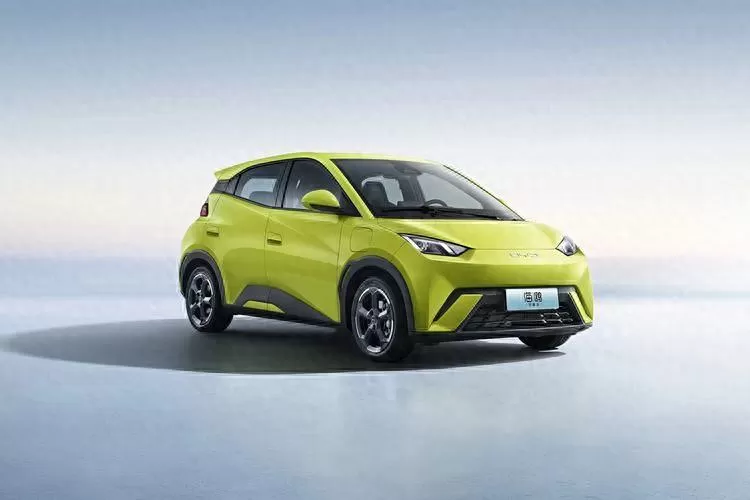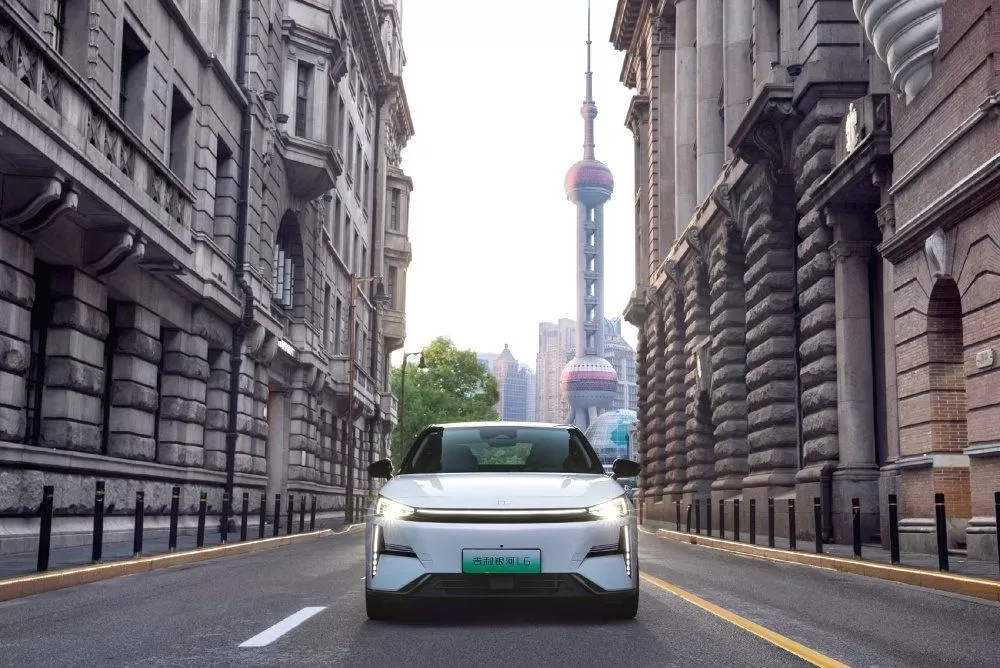A car typically consists of around 20.000 non-detachable parts. Integrating so many parts while ensuring functionality, reliability, and safety requires a company to have a very complete, rigorous development system and a mature R&D team. For companies just entering the automotive industry, early products often suffer from quality or safety defects due to incomplete systems and lack of team experience.
Take the example of domestic new car manufacturers; their first models often receive complaints on car quality websites and major automotive forums regarding various quality or product experience issues. Therefore, when Xiaomi launched its first model, the SU7. there were some doubts about its completeness and reliability. With these doubts, I test-drove the Xiaomi SU7. the 800km AWD Long-Range High-Level Intelligent Driving Max version.
The overall impression after the test drive is that the SU7 is a well-completed car. The driving feel, design quality, and craftsmanship are all superior to the first models developed by other domestic new car manufacturers. The car's greatest strengths are in its power and in-car system. The motor's parameters are high, providing good power and quick response. The in-car system is smooth, and the Mi Home ecosystem is rich and powerful. The chassis control is tight, and road vibration is well filtered, with good control over impact and residual vibration. The main drawbacks are in comfort: the idle air conditioning blower is loud, the steering wheel and floor resonate, there are various interior noises on rough roads, and ingress and egress are poor.
Table of Contents
01 - Superior Power Performance
The car's acceleration from 0 to 100 km/h has reached the 2-second level, and the driving experience is more powerful than similar models like the Model 3. Zeekr 007. and XPeng P7i. The overall performance in terms of sports attributes is excellent, with quick power response and good sustainability. High-speed acceleration is strong, and speed control is good. The shifting is smooth, energy recovery delay is minimal, and the power response and front-rear power distribution can be adjusted continuously, providing a fun driving experience.

However, the power tuning is not without flaws. In sports mode, the acceleration pedal feels uneven, the overall driving comfort is average, there is jerking at low speeds, and acceleration impacts are significant in sports mode. At low speeds or with light acceleration, the power output is unstable, causing the car to lurch slightly. This is a common issue in performance cars in sports mode, as they are designed to be highly responsive. Among performance cars under 500.000 RMB, the SU7's power performance is top-notch.
02 - Superior Chassis Comfort Compared to Peers
The overall style is sporty, with tight body control and good vibration filtering. The braking control is generally good, although longitudinal jerking during stops is noticeable. On rough roads, the steering wheel and front seats vibrate slightly, but the impact and residual vibration control are good. The chassis comfort is better than that of the XPeng P7i and Zeekr 007.

In daily driving, the car body is stable during lane changes and fast cornering, with minimal roll and good braking performance, providing strong driving confidence. However, the lateral support of the seats is poor. Although there are electric adjustments for the side wings, the range is limited, making the support feel insufficient during intense driving. Compared to its powerful acceleration and top speed, the SU7's chassis tuning is more suited for everyday driving rather than racing. If one wishes to race with the SU7. it is recommended to replace the entire braking system with more durable, high-temperature resistant parts. It would be great if Xiaomi could develop official high-performance kits for racing in the future.
03 - NVH Performance Needs Improvement
The SU7's weakest aspect in terms of competitiveness is its NVH (noise, vibration, and harshness). While wind and road noise are relatively well-controlled, the air conditioning blower is loud at idle, causing vibrations in the steering wheel at level 6 and noticeable car-wide vibrations at level 8. This suggests frequency coupling issues between the blower and the car body and steering system.
Motor noise during acceleration and deceleration is minimal, but low-speed noise is more pronounced, with overall control being above average. Road noise is generally low, but the floor vibration is noticeable, and there are multiple interior noises on rough roads. The NVH performance reveals Xiaomi's weaknesses in NVH development, with design flaws causing resonance and interior noise issues that need to be addressed by Xiaomi's NVH team.
04 - Smooth In-Car System with Clear Interaction Logic
The Xiaomi Pioneering System's ecosystem performs smoothly on the in-car system, with fast app responses and smooth transitions. The screen colors are bright, and many icons are custom-developed. The interaction logic is clear, making it easy for users to get started. The overall experience is like using a consumer-grade tablet, with low learning costs. The in-car system outperforms most mass-produced cars.
Voice recognition is a highlight, with fast wake-up and response speeds, precise and smooth recognition, supporting four-zone voice commands. The 5G network is stable and fast, and the in-car system includes QQ Music, NetEase Cloud Music, and Kugou Music, maintaining consistent interaction interfaces. However, Xiaomi phone and car interconnection requires account login, unlike the seamless connection in Huawei HarmonyOS and Flyme Auto systems. The in-car navigation uses Amap, supporting pinch-to-zoom but currently lacking lane-level navigation.
05 - Average Seat Comfort
The front seats are electrically adjustable, but the headrest adjustment is difficult, and the front seats are hard, poorly fitting, and lack sufficient support. The rear seats are decent, with good side support and fit, but thigh support is limited, and the rear seats cannot slide under the front seats, making leg stretching uncomfortable.
06 - Average Convenience
The convenience of getting in and out of the car is poor. The front seats' side wings can get in the way, requiring support from the hands when getting out. The rear C-pillars also obstruct the thighs, making it unfriendly for rear passengers. Additionally, passengers might scrape their calves on the side skirts when getting in and out, especially in the rain.
07 - Decent Intelligent Parking
The intelligent parking system performs well, with good response from the reversing aid. The overall screen quality is good, and the parking operation is convenient, though the success rate decreases at speeds over 20 kph. The parking process is comfortable, but the high safety distance setting affects the success rate.
Summary
Overall, the Xiaomi SU7 is a well-completed model, significantly better than the first models launched by other new car manufacturers. It feels like a product polished by a mature team, with an above-average overall level. Xiaomi's first car reaching this level is more surprising than confusing, making everyone look forward to its second model. However, Xiaomi still needs to improve in NVH and interior details (such as the texture of door panel phone slots) and address quality issues like plastic fender detachment in subsequent models.






